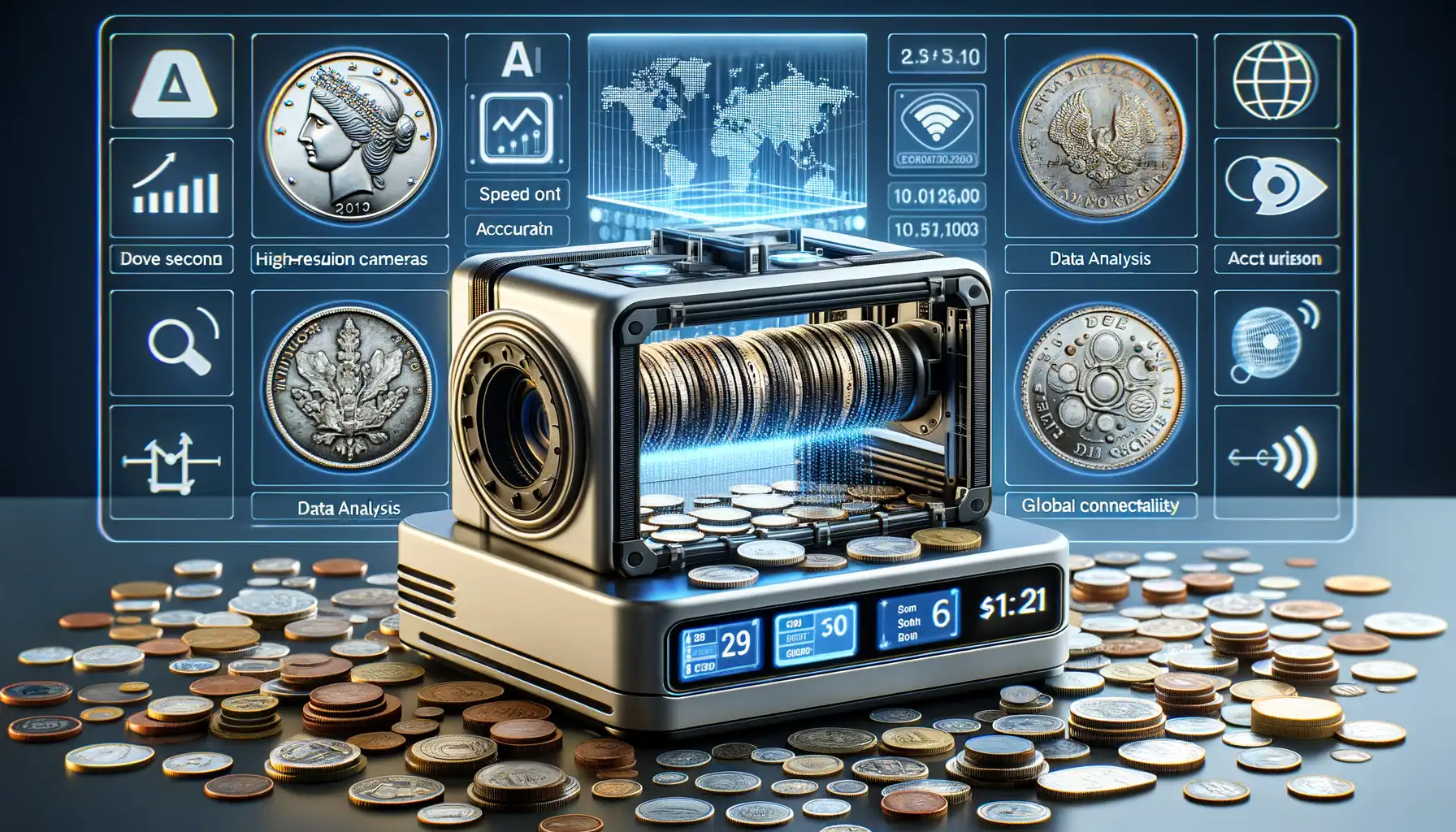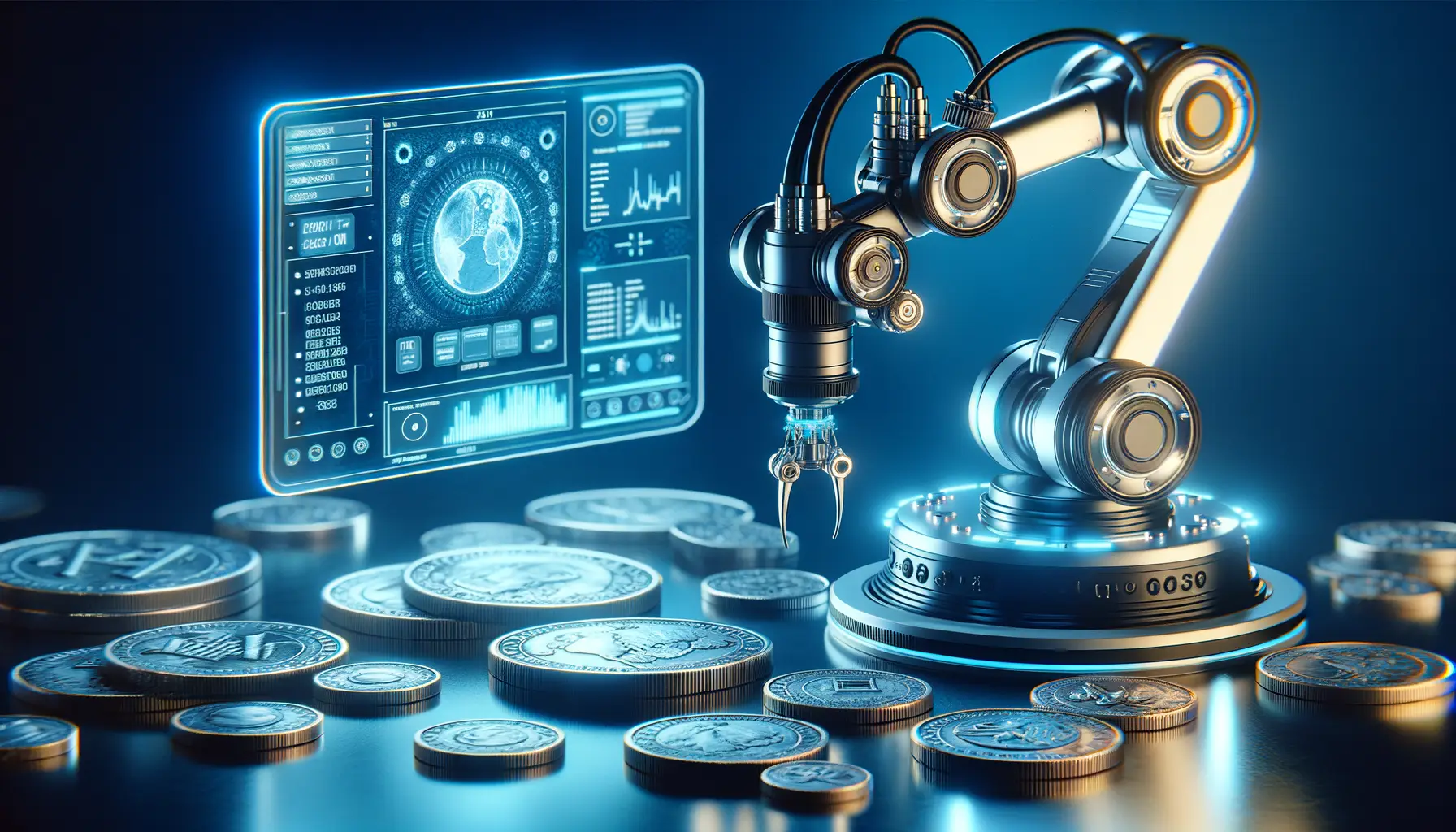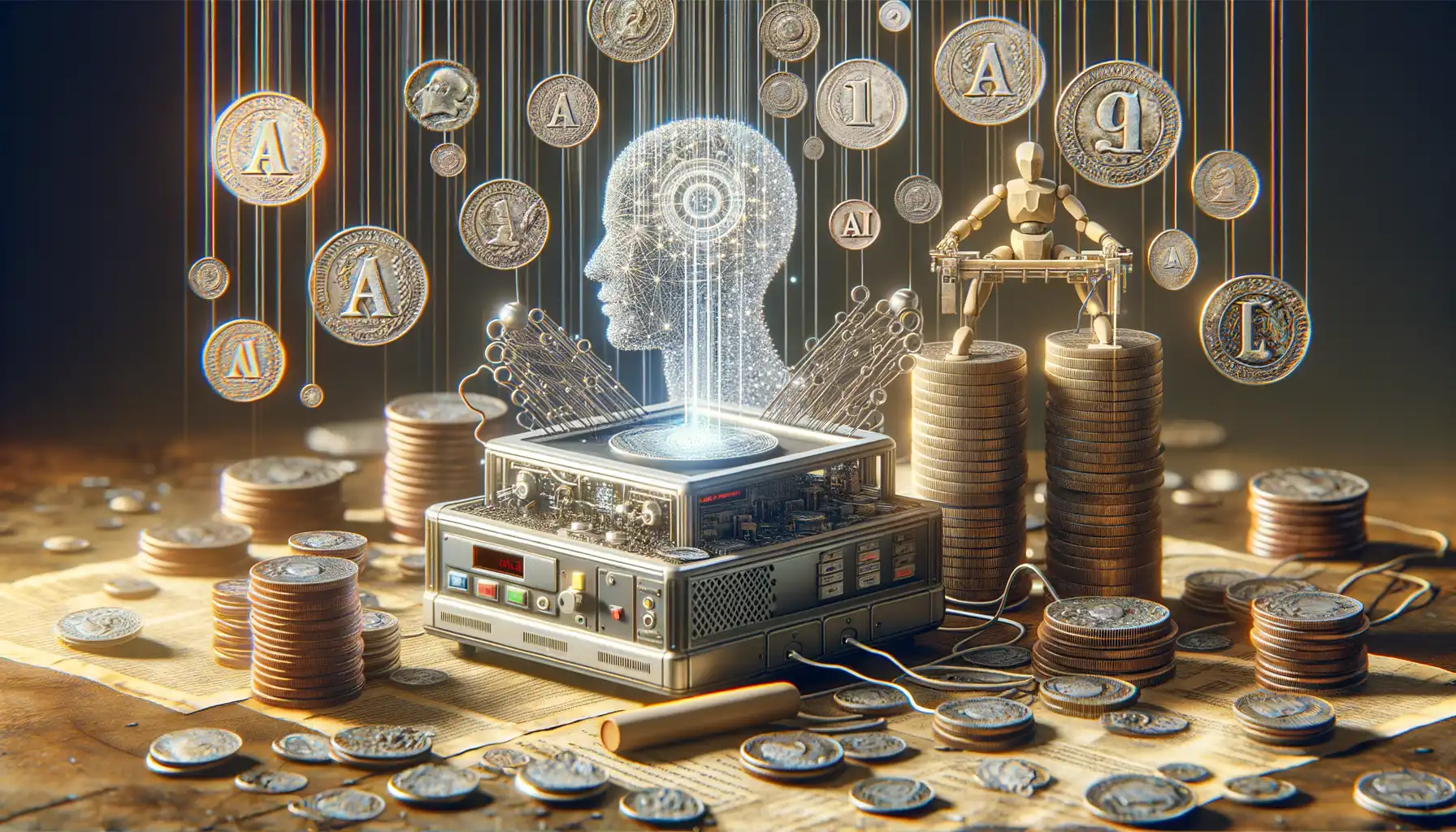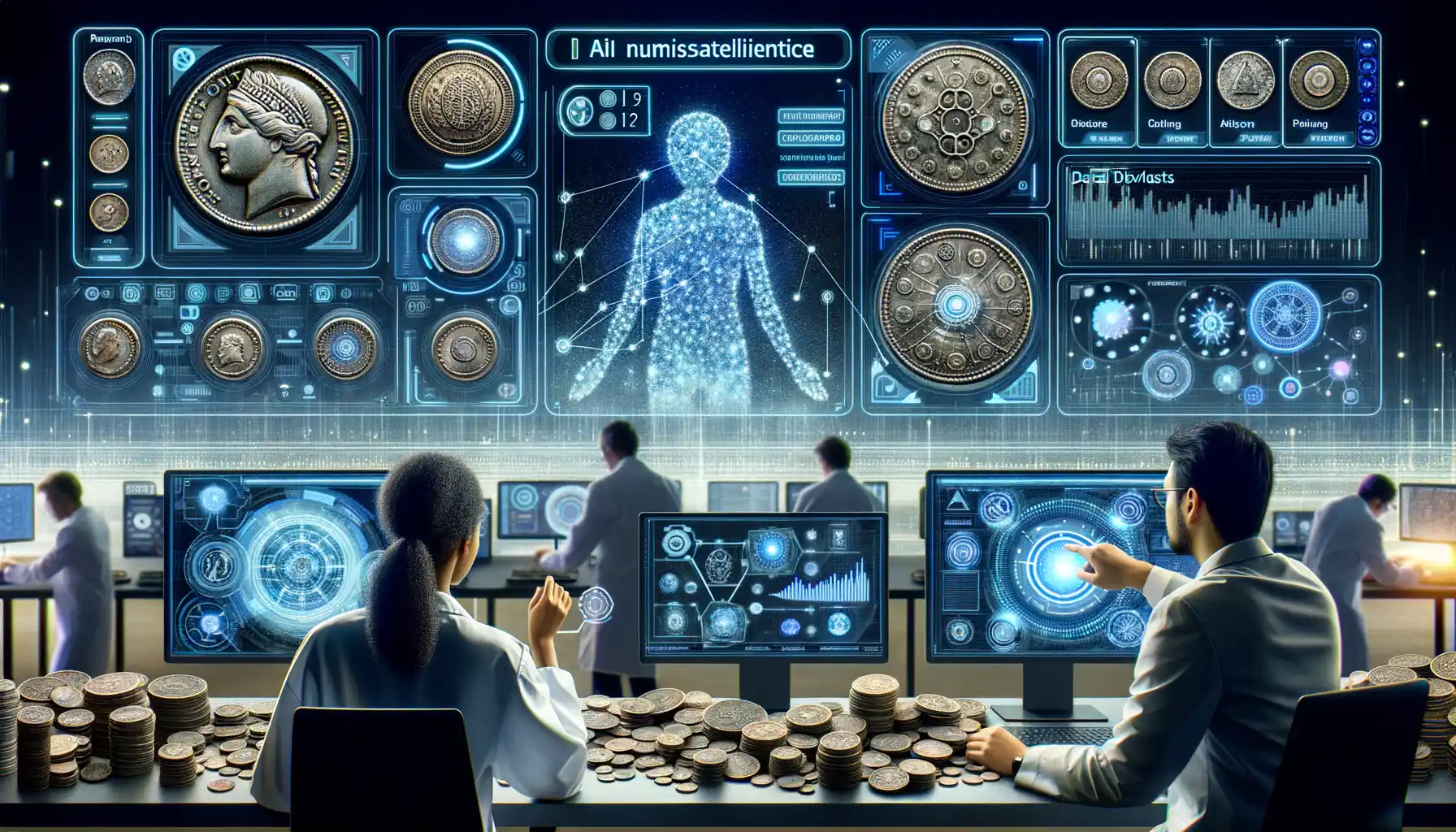The Role of Artificial Intelligence in Modern Coin Grading
How Technology is Breathing New Life into Coin Grading
Picture this: a coin collector, heart pounding, holding a rare 19th-century silver dollar. Every groove, image, and imperfection whispers a story from the past. But how do you know its true value? Enter Artificial Intelligence (AI), the modern-day detective reshaping the way we grade and evaluate these relics.
AI delves into the smallest details with a precision human eyes could only dream of. Its advanced algorithms analyze high-resolution images to detect even the faintest scratches or minting inconsistencies. Imagine the confidence of knowing your coin has been evaluated by an impartial, data-driven “expert.” It’s like having Sherlock Holmes but for your coin collection.
Through AI-powered systems, numismatists can now:
- Identify rare errors or patterns in seconds – think misaligned mint marks or double strikes.
- Assign accurate grades based on wear, texture, and shine, removing much of the subjectivity.
And let’s not forget the sheer speed! What used to take weeks of manual examination now takes mere moments. With AI, even newcomers can become savvy collectors, leveling the playing field and opening doors to deeper exploration of their beloved hobby.
Key Benefits of AI-Powered Coin Identification Systems

Revolutionizing the Way We Identify Coins
Imagine the thrill of unraveling a coin’s mystery with just a snapshot. That’s the power of AI-powered coin identification systems, and it’s nothing short of transformative. No more flipping through bulky reference books or scouring online forums for hours! Instead, these intelligent systems analyze every minute detail—the coin’s diameter, inscriptions, metallic composition, and even the most subtle signs of wear—to instantly tell you its story.
What once felt like searching for a needle in a haystack now feels like having a well-informed personal assistant whispering the answers in your ear. Whether it’s a rare Roman denarius or that elusive misprint penny, AI tools remove the guesswork with laser-sharp precision and speed.
- Instant Gratification: Get results in seconds—perfect for collectors with busy lives.
- Enhanced Accuracy: AI sees what the human eye might miss, like microscopic flaws or unique patterns.
- Global Access: Easily identify coins from cultures and periods you’re unfamiliar with.
Your Collection, Supercharged by Technology
Ever held a coin in your palm and wondered, “How rare is this?” With traditional methods, that question could take days—or longer. Enter AI: it’s like introducing your coin collection to a tech-savvy friend who knows everything and never gets tired. This isn’t just convenience; it’s empowerment. The data-driven insights help collectors appraise their treasures confidently, unlocking value that might otherwise be overlooked.
And let’s not forget the environmental impact. By eliminating the need for physical transportation to multiple experts, AI coin systems cut down on our carbon footprint. It’s technology meeting hobby, meeting sustainability—a win-win-win!
How AI Technology Ensures Accuracy in Coin Authentication

Pinpoint Precision: How AI Detects Authenticity
Imagine holding a rare coin in your hand, its intricate design whispering stories of centuries past. Now imagine the heartbreak of discovering it’s a counterfeit. This is where the marvel of AI technology steps in, ensuring those whispers are genuine and not deceitful echoes.
Through advanced image recognition, AI can dissect even the tiniest details—edges, engravings, and patterns—on a microscopic level. Human eyes might miss subtle inconsistencies in texture or wear, but AI sees beyond our limitations, analyzing millions of data points in seconds. It’s like giving a detective superhuman senses.
The Art of Learning Through Data
What truly sets AI apart is its ability to learn and adapt. With each scan, it refines its algorithms, becoming smarter over time. Take, for instance, a suspicious coin. While manual graders might debate its authenticity for hours, the AI system can instantly identify similarities or deviations by referencing thousands of comparable pieces in its ever-growing archive.
This isn’t just about speed—it’s about unwavering accuracy. When AI verifies every line, curve, and metallic hue, collectors and numismatists can breathe easy, knowing their treasures are safeguarded with cutting-edge precision.
Challenges and Limitations of Implementing AI in Coin Grading

When Machines Meet the Art of Coin Grading
There’s something almost poetic about coin grading—deciphering centuries-old craftsmanship and spotting the tiniest of details. But here’s the rub: bringing AI into this nuanced dance is no easy feat. Sure, machines excel at crunching numbers, but coins? They’re not just data points; they’re living pieces of history.
One major hurdle is surface complexity. Coins come with scratches, patinas, and wear that’s unique to each piece. AI isn’t always great at recognizing when these imperfections are natural signs of age or if they’re red flags for tampering. Think of it as trying to teach a robot how to distinguish laugh lines from frown lines—context matters.
Then there’s the issue of bias in training data. AI systems learn from previous examples, but what if those examples themselves are flawed? A misgraded coin can ripple through the system, amplifying errors like a game of telephone.
The Gap Between Bots and Human Intuition
Even when you iron out technical snags, there’s still the emotional factor. Coin collectors cherish their treasures—they want more than cold algorithms. And let’s be honest, could an AI ever marvel at the elegant curve of Lady Liberty on a rare Morgan dollar? Not yet, anyway. Until then, humans stay firmly in the driver’s seat, overseeing the machines.
Future Trends in AI for Numismatic Applications

AI Tools: The Collector’s Crystal Ball
Imagine a future where your coin collection has its very own digital oracle. Thanks to rapidly advancing AI, we’re entering an era where numismatics will feel almost magical. Picture this: enhanced AI tools instantly predicting the future value of coins based on market data trends, rarity, and even cultural shifts. Using predictive analytics, collectors and investors will be able to make decisions with confidence—and maybe even a touch of excitement.
For example, an advanced AI app could analyze a coin’s historical price trajectory, cross-reference it with upcoming events like anniversaries or auctions, and say, “Hold onto that 1969-S Lincoln Cent—demand is about to skyrocket!” It’s like having a personal assistant whispering lucrative secrets.
Smarter Identification, Powered by Augmented Reality
Here’s a jaw-dropping concept: AI paired with augmented reality (AR). Envision a collector pointing their smartphone at an ancient coin, and AR overlays pop up in real-time, offering details like origin, mint year, and condition grading right there on the screen.
We’re talking about features such as:
- Dynamic side-by-side comparisons illustrating your coin next to pristine examples for grading accuracy.
- Layered annotations explaining anomalies like die cracks or patina variations.
This interactive approach will transform the way collectors interact with coins—turning research into something tactile, intuitive, and dare I say, thrilling.
